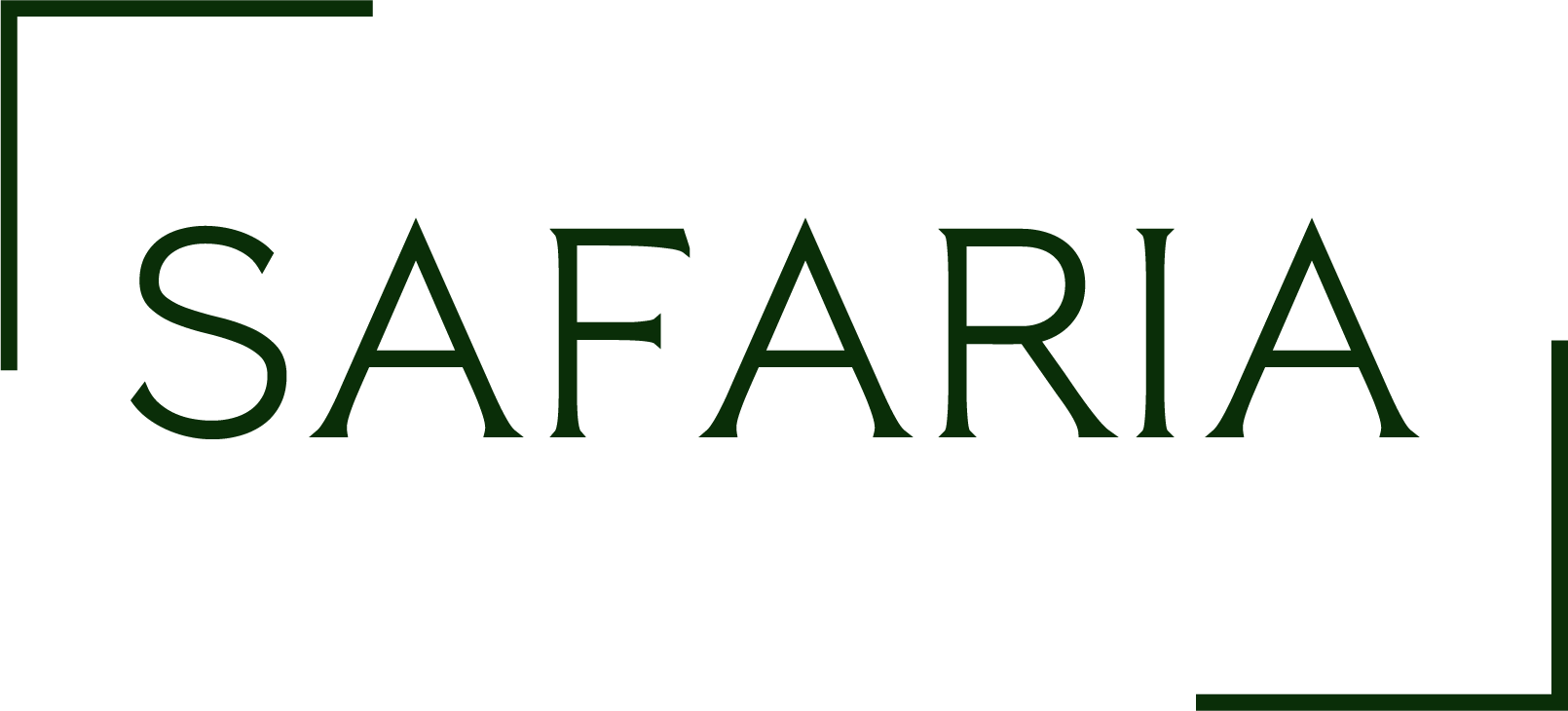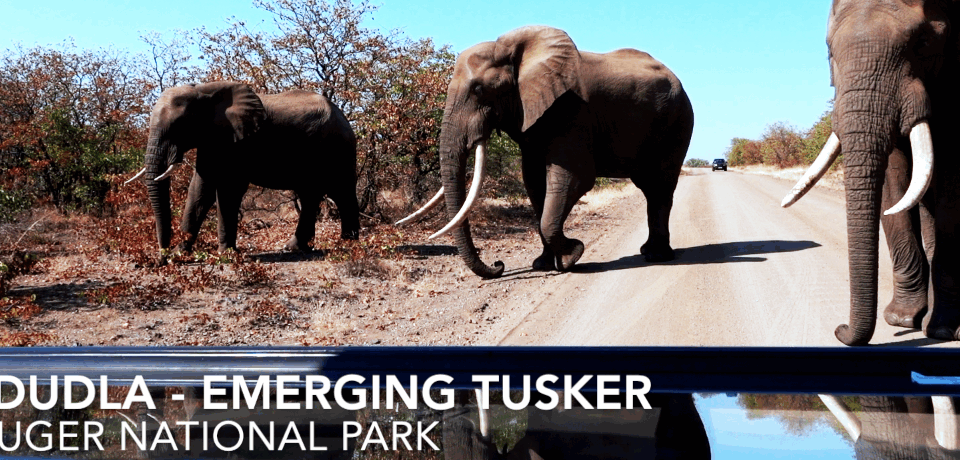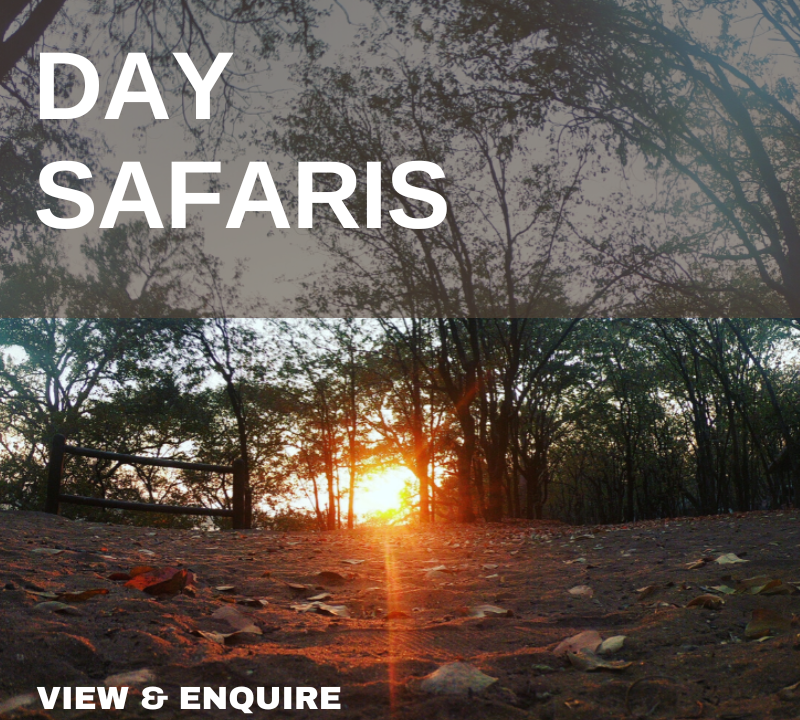Your Ultimate Guide to Planning a Kruger National Park Safari: Top Tips, Expert Recommendations, and What to Expect
Embarking on a safari in Kruger National Park is more than just a trip—it’s a journey into the heart of Africa’s wild soul. Spanning nearly 2 million hectares of pristine wilderness in South Africa, Kruger is a global icon of biodiversity, home to the Big Five (lion, leopard, elephant, rhino, and buffalo), over 500 bird species, and a tapestry of landscapes that shift from golden savannas to lush riverine forests. Whether you’re a first-time adventurer or a seasoned wildlife enthusiast, planning your Kruger safari is the key to unlocking an unforgettable experience. In this comprehensive guide, we’ll walk you through the top tips for planning your trip, why partnering with Safaria and their renowned guide Andrew Wagner is a game-changer, what you can expect to see in Kruger, the best times to travel, and what essentials you should pack. Let’s dive in and start crafting your dream safari!
Top Tips for Planning Your Kruger National Park Safari
Planning a safari in Kruger can feel overwhelming—its sheer size, diverse options, and logistical nuances require careful thought. Here are the top tips to ensure your trip is seamless, rewarding, and tailored to your desires.
1. Define Your Safari Goals
Before you book anything, ask yourself: What do I want from this safari? Are you chasing the thrill of spotting the Big Five? Do you dream of capturing the perfect bird photograph? Or are you seeking a deeper understanding of Kruger’s ecosystems and heritage? Your goals will shape every decision, from the duration of your stay to the type of guide you choose. For a birding photography focus, a 7-day itinerary like the one offered by Safaria, staying at camps such as Satara, Olifants, and Lower Sabie, is ideal. These locations are hotspots for avian diversity, and a knowledgeable guide can elevate your experience.
2. Book Early for the Best Options
Kruger is one of South Africa’s most popular destinations, drawing nearly 2 million visitors annually. Rest camps, private lodges, and guided tours fill up fast, especially during peak seasons. Booking 6-12 months in advance secures your preferred accommodation and activities. Early planning also gives you access to top-tier guides like Andrew Wagner of Safaria, whose personalized itineraries are in high demand due to his expertise and stellar reputation.
3. Choose the Right Duration
A common mistake is underestimating how much time you need in Kruger. A weekend jaunt might leave you longing for more, while a week allows you to immerse yourself fully. For a birding safari, 7 days is perfect—enough time to explore diverse habitats and photograph elusive species without feeling rushed. Safaria’s tailored packages, ranging from day trips to multi-day adventures, offer flexibility to match your schedule and interests.
4. Opt for a Private Guide for a Personalized Experience
While self-driving in Kruger is an option, nothing beats the insight and access a private guide provides. They know where to find the animals, how to interpret their behavior, and when to linger for that perfect shot. Safaria, led by Andrew Wagner, stands out here. With over 1,000 days guiding in Kruger, Wagner’s passion for the park’s wildlife, history, and ecology transforms a standard safari into a storytelling adventure. Reviews consistently praise his ability to spot camouflaged creatures and share knowledge that resonates with all ages.
5. Select Strategic Accommodation
Your base camps influence what you’ll see and how you’ll experience Kruger. Satara, Olifants, and Lower Sabie—featured in Safaria’s 7-day birding safari—are prime choices for birders and photographers. Satara’s open grasslands teem with raptors, Olifants’ riverine perch offers waterbird vistas, and Lower Sabie’s lush surrounds attract colorful rollers and trogons. These rest camps balance comfort with proximity to wildlife, and booking through a company like Safaria ensures you’re positioned for success.
6. Plan Around the Seasons
Timing is everything in Kruger. The dry winter (June to October) offers sparse vegetation and concentrated wildlife at waterholes, ideal for spotting game. Summer (November to March) brings lush greenery, migratory birds, and newborn animals, perfect for birding and photography. More on the best times later—but aligning your goals with the season is crucial.
7. Prepare for Early Mornings and Late Afternoons
Wildlife is most active at dawn and dusk, making these the golden hours for sightings and photography. A reputable operator like Safaria schedules game drives around these times—starting as early as 5:30 AM and wrapping up around 4:00 PM—to maximize your chances of witnessing nature in action. Rest during the midday heat when animals retreat to the shade.
8. Understand the Park’s Scale
Kruger is vast—larger than some countries—so don’t expect to see it all in one trip. Focus on a region or theme, like the central and southern areas for birding, and trust your guide to navigate the best routes. Andrew Wagner’s intimate knowledge of Kruger’s 350km expanse ensures you hit the highlights without wasting time.
9. Embrace Flexibility
Nature doesn’t follow a script. A leopard might stroll by, or a storm might shift your plans. A private guide like Wagner adapts on the fly, turning unexpected moments into opportunities—whether it’s tracking a fresh kill or finding a quiet spot to photograph a lilac-breasted roller against a sunset sky.
10. Support Ethical Tourism
Choose operators committed to conservation and sustainability. Safaria’s ethos, rooted in ethical wildlife viewing and education, aligns with Kruger’s mission to protect its ecosystems for future generations. Your safari dollars contribute to preserving this wilderness when you partner with such companies.
Why Choose Safaria and Andrew Wagner?
When it comes to crafting a Kruger safari, Safaria and their star guide Andrew Wagner are in a league of their own. Here’s why they’re the top recommendation for your adventure.
Unmatched Expertise
Andrew Wagner isn’t just a guide—he’s a Kruger aficionado with a deep-rooted connection to the park. Born on a farm near Johannesburg, his love for nature blossomed early, and after a successful corporate career, he founded Safaria in 2016 to share that passion. With over a decade of guiding experience, Wagner’s encyclopedic knowledge spans wildlife, birdlife, plants, and the park’s rich history. Guests rave about his ability to spot “even the most camouflaged creatures” and weave ecological insights into every encounter.
Stellar Reviews
Safaria’s reputation shines through in guest feedback. On TripAdvisor, travelers call Wagner “an amazing guide” with “unmatched knowledge of the park,” praising his enthusiasm and knack for creating “unforgettable, inspiring” experiences. One reviewer noted, “Andrew knows everything from bird calls to park history—he’s the best guide in Kruger.” Another highlighted a 4-day trip where Wagner’s storytelling and wildlife sightings “blew our minds.” These testimonials reflect a consistent theme: Safaria delivers beyond expectations.
Personalized Adventures
Unlike generic tours, Safaria tailors every safari to your interests. For birding photography enthusiasts, Wagner designs itineraries like the 7-day Kruger Birding Safari (20-27 December, R48,230 per person), focusing on prime locations—Satara, Olifants, and Lower Sabie. His keen eye for animal behavior ensures you’re in the right place at the right time, whether it’s catching a malachite kingfisher mid-flight or a martial eagle soaring overhead.
A Passion for Conservation
Wagner’s commitment to sustainable tourism sets Safaria apart. He educates guests on Kruger’s ecological balance and conservation efforts, fostering a deeper appreciation for the park. Reviews often mention how his dedication to wildlife preservation adds “an invaluable dimension” to the safari, making it both thrilling and impactful.
Seamless Logistics
Planning a Kruger trip can be daunting, but Safaria handles the details—accommodation, game drives, and even coffee breaks—so you can focus on the experience. Guests appreciate the “professionalism and ease” of Wagner’s operations, from comfortable vehicles to thoughtful touches like ponchos for rainy mornings.
Choosing Safaria and Andrew Wagner means entrusting your safari to a team that’s passionate, experienced, and proven to deliver. It’s not just a trip—it’s a transformative journey through Kruger’s wild heart.
What to Expect on Your Kruger Safari
Kruger National Park is a living theater of nature, and every safari promises a front-row seat to its drama. Here’s what you can anticipate, especially on a birding-focused adventure with Safaria.
The Big Five and Beyond
While birding may be your focus, Kruger’s Big Five are impossible to ignore. Lions roar across the savanna, leopards lurk in riverine thickets, elephants trumpet near waterholes, rhinos graze quietly, and buffalo roam in herds. Safaria’s routes through Satara, Olifants, and Lower Sabie increase your odds of spotting these icons, often with Wagner’s expert narration enhancing the moment.
A Birdwatcher’s Paradise
With over 500 bird species, Kruger is a birder’s dream. On a 7-day safari, expect to see:
-
- Satara: Raptors like the bateleur, martial eagle, and vultures soaring over grasslands, plus nocturnal gems like the Verreaux’s eagle-owl.
-
- Olifants: Waterbirds along the river—African fish eagles, saddle-billed storks, and kingfishers—alongside woodland species like the thick-billed cuckoo.
-
- Lower Sabie: Vibrant rollers, elusive Narina trogons, and water-loving Goliath herons, all framed by scenic river views.
Andrew’s birding expertise ensures you’ll tick off rarities and capture them through your lens.
Diverse Landscapes
Kruger’s vistas are as captivating as its wildlife. Golden savannas stretch to the horizon at Satara, the Olifants River glints below its namesake camp, and Lower Sabie’s lush greenery contrasts with distant mountains. These backdrops elevate your photography, offering natural frames for every shot.
Intimate Wildlife Moments
From a herd of impala scattering at a lion’s approach to a fish eagle snatching prey from the water, Kruger delivers raw, unscripted encounters. Wagner’s knack for reading animal behavior means you’ll witness these moments up close—safely, of course.
Cultural and Historical Insights
Kruger’s story goes beyond wildlife. Andrew weaves in tales of its founding in 1898, the conservation battles that shaped it, and the cultural heritage of the region, adding so much more depth to your journey.
Expect to have a sensory overload—sights, sounds, and smells of the bush—tempered by moments of quiet awe. With Safaria, it’s not just what you see, but how you experience it.
What are the Best Times to Travel to Kruger
Kruger is a year-round destination, but the season you choose shapes your safari. Here’s a breakdown of the best times, aligned with birding and photography goals.
Winter (June to October)
-
- Why It’s Great: Dry weather thins vegetation, making wildlife easier to spot. Animals congregate at waterholes, and cooler temperatures (17-22°C / 60-70°F) are comfortable for long game drives.
-
- Birding Highlights: Resident species dominate, with raptors and owls more visible. Migratory birds are absent, but the focus shifts to Kruger’s year-round avian stars.
-
- Photography Perks: Clear skies and soft winter light create crisp, dramatic shots.
Summer (November to March)
-
- Why It’s Great: Lush greenery transforms the park, and migratory birds arrive in droves—perfect for a December birding safari like Safaria’s 20-27 itinerary. Newborn animals add a tender touch to the landscape.
-
- Birding Highlights: Species like the woodland kingfisher, European bee-eater, and cuckoos join the chorus, especially in the south and central regions.
-
- Photography Perks: Vibrant colors and dynamic weather (think stormy skies) offer striking contrasts, though rain can disrupt plans. Temperatures soar to 40°C (104°F), so early starts are key.
-
- Note: Summer is malaria season, so prophylaxis and bug spray are musts and for that reason you must definitely consult your `doctor,
For a birding photography safari, late November to early January—right around the 20-27 December window—strikes a sweet spot. Migratory birds peak, the bush is alive with new life, and Andrew’s expertise ensures you navigate any weather challenges.
What to Bring on Your Kruger Safari – from Clothing to Personals
Packing smart enhances your comfort and success in Kruger. Here’s your essential checklist:
Clothing
-
- Neutral Colors: Khaki, beige, or green blends into the bush, avoiding startling wildlife. Avoid bright whites or loud patterns.
-
- Layers: Mornings are chilly (especially in winter), while afternoons heat up. Pack a fleece, lightweight jacket, and breathable shirts.
-
- Comfortable Shoes: Closed-toe shoes for game drives or walks, plus sandals for camp downtime.
-
- Hat and Sunglasses: Sun protection is non-negotiable, even in winter.
Photography Gear
-
- Camera and Lenses: A DSLR or mirrorless camera with a telephoto lens (200-400mm) is ideal for birds and distant wildlife. A wide-angle lens captures landscapes.
-
- Tripod or Monopod: Stabilizes shots during low-light golden hours.
-
- Extra Batteries and Cards: No outlets in the bush—come prepared.
-
- Binoculars: Essential for spotting and identifying birds before you snap.
Health and Safety
-
- Sunscreen: High SPF for long days outdoors, even in winter.
-
- Insect Repellent: Summer’s mosquitoes demand DEET or similar.
-
- Malaria Prophylaxis: Consult your doctor for summer trips.
-
- First Aid Kit: Basics like band-aids, antihistamines, and pain relievers. Wagner carries Level 1 First Aid, but personal supplies add peace of mind.
Miscellaneous
-
- Travel Adapter: South Africa uses 3-pin circular plugs for charging gear.
-
- Water Bottle: Stay hydrated; Safaria provides water, but extras are handy.
-
- Notebook and Pen: Jot down sightings or tips from Wagner.
-
- Cash: For tips (gratuities for guides are encouraged) or small purchases at camps.
Pack light but thorough—Kruger’s magic lies in its simplicity, and overpacking can weigh you down.
Conclusion: Your Kruger Safari Awaits
Planning a Kruger National Park safari is an exhilarating process, and with these top tips, you’re well on your way to an extraordinary adventure. Partnering with Safaria and Andrew Wagner elevates the experience, blending expertise, passion, and personalization into every moment. From the Big Five to a kaleidoscope of birdlife, Kruger promises a spectacle of nature, framed by the stunning camps of Satara, Olifants, and Lower Sabie. Whether you travel in winter for clear sightings or summer for migratory marvels, packing the right gear ensures you’re ready to capture it all.
Ready to turn your safari dreams into reality? Contact Safaria at hello@safaria.co.za to book your 7-day Kruger Birding Safari from 20-27 December (R48,230 per person) or explore other custom options with Andrew Wagner.
This isn’t just a trip—it’s a story you’ll tell for years to come. Let’s make it unforgettable.







